Traditional Indian prints are known for their vibrant colours, intricate designs and rich cultural heritage. From the traditional hand-painted Kalamkari to the delicate Ikat print, these traditional prints have been passed down through generations and are a true representation of India’s art and culture. These prints are not only beautiful but also have a significant cultural value and are a must-have in any wardrobe. Whether you’re looking to add a pop of colour to your everyday wear or want to make a statement on a special occasion, traditional Indian prints offer something for everyone. Let’s have a look at some of the most stunning traditional Indian prints. (Also read: From Maharashtrian to Nivi drape: 6 stunning traditional saree draping styles from states of India )
1. Kalamkari
This is a traditional Indian art form that involves hand-painting or block-printing on cotton or silk fabrics. The name Kalamkari comes from the words “kalam” meaning pen, and “kari” meaning work, referring to the use of a pen or a brush to create the designs. This art form is believed to have originated in the Golconda region of Andhra Pradesh and is now practised in many parts of India.
2. Block Printing
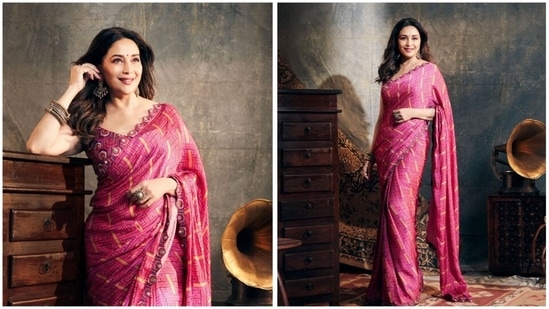
This is a traditional printing technique that involves using wooden blocks with different designs carved on them to print on fabrics. The blocks are dipped in dye and then pressed onto the fabric to create the design. Block printing is popular in many parts of India, particularly in Rajasthan and Gujarat.
3. Batik
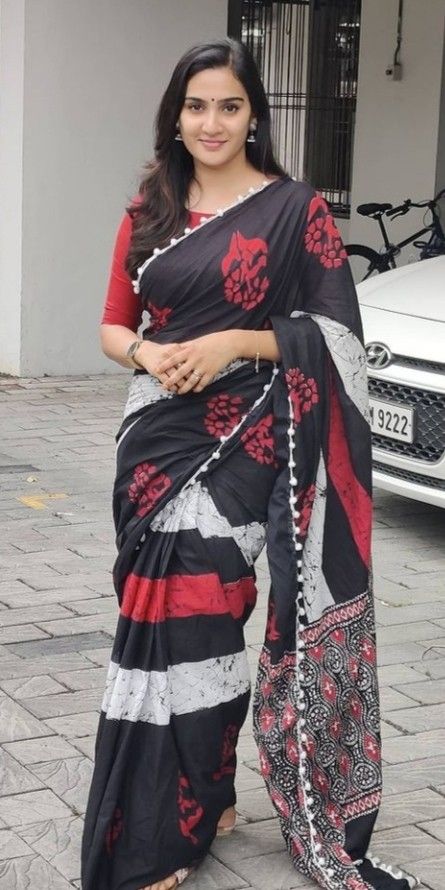
Batik print is a traditional textile art form that is known for its intricate and detailed designs, as well as its vibrant colours. The designs in batik prints can be quite varied and can include geometric patterns, abstract designs, and images of nature and animals. Batik printing is done in several regions.- Gujarat, West Bengal, Rajasthan, Andhra Pradesh, Maharashtra and Madhya Pradesh.
4. Ajrak
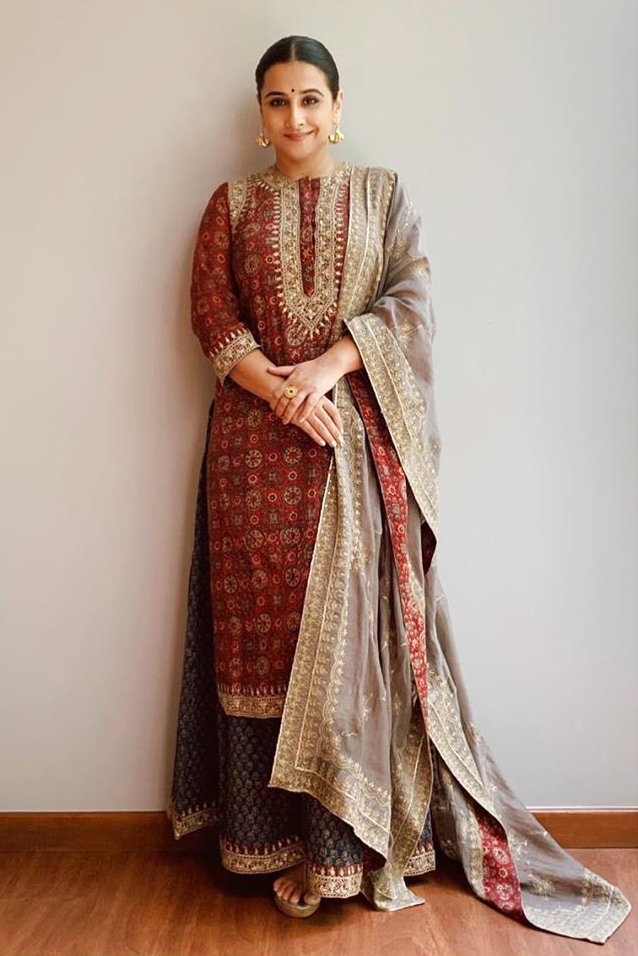
Ajrak is a traditional Indian print that is known for its intricate block prints, vibrant colours, and cultural significance. The word “ajrak” comes from the Sindhi language, meaning “blue”. It is a type of block-printed textile that is typically made from cotton or silk and is characterized by its deep, rich colours and bold geometric patterns. Ajrak prints are most commonly associated with the Kutch region of Gujarat, India, where they have been a traditional art form for centuries.
5. Bandhani
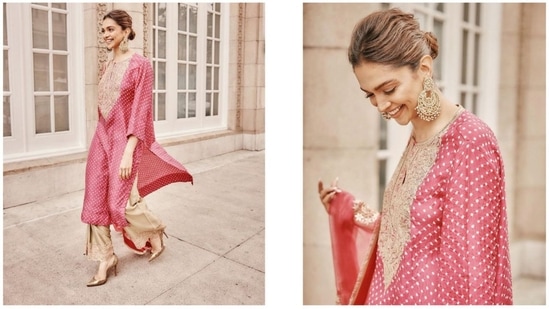
This is a traditional tie-dye technique that is popular in Gujarat and Rajasthan. The fabric is tied tightly in various patterns using thread or small knots and then dyed to create beautiful designs. The most common patterns used in Bandhani include dots, squares, and paisleys.
6. Leheriya
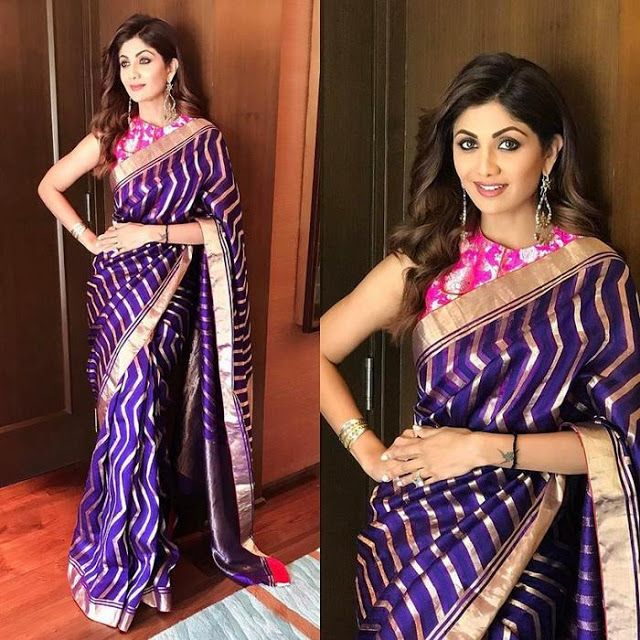
It is a traditional Indian print that is known for its unique wave-like patterns and vibrant colours. The word “Leheriya” comes from the Hindi language, meaning “waves”. It is a type of tie-dye textile that is typically made from cotton or silk. Leheriya prints are most commonly associated with the state of Rajasthan, India where it is a traditional art form.
7. Bagh print
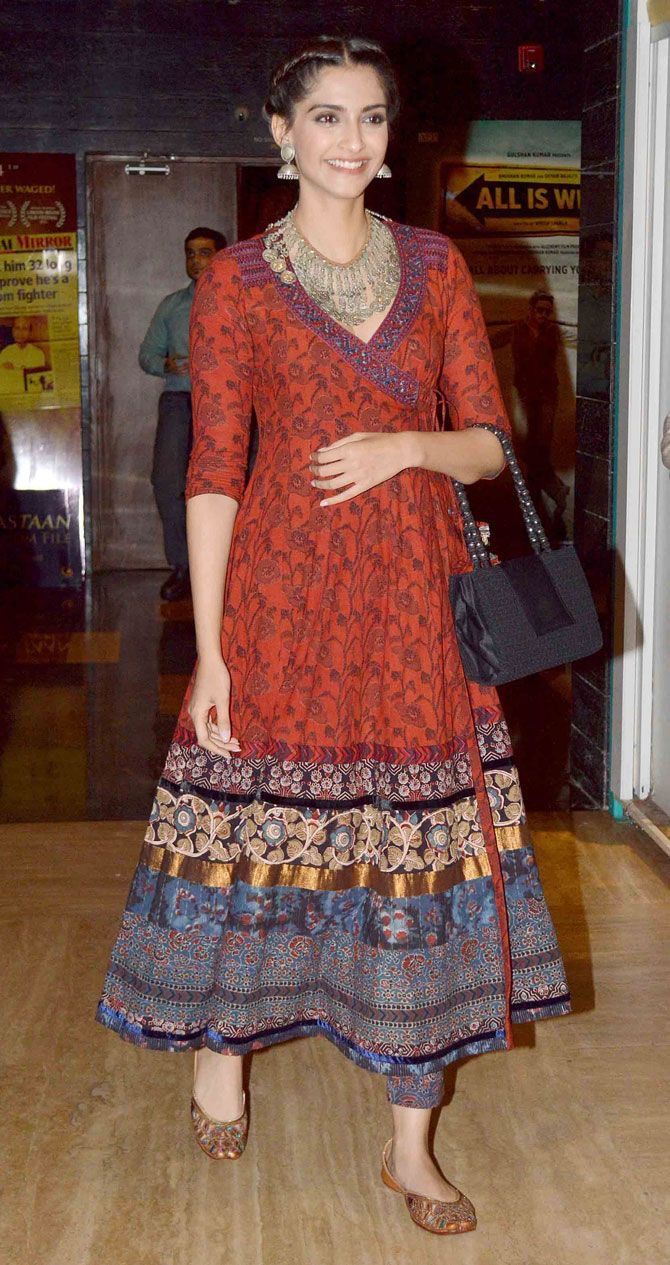
Bagh print is a traditional Indian printing technique that is known for its intricate and detailed designs, as well as its vibrant colours. The technique originated in Bagh, a small village in Madhya Pradesh, India. Bagh prints are created by hand-printing patterns onto fabric using wooden blocks that are carved with intricate designs.
8. Ikat print
_1617161558775_1617161569180.jpg)
Ikat is a traditional Indian print that is known for its intricate and colourful designs. The word “Ikat” comes from the Indonesian word “mengikat” which means “to tie”. This creates a blurred effect in the final design. Ikat prints are often characterized by their bold geometric patterns and bright colours. They are mostly found in the states of Andhra Pradesh, Odisha and Telangana in India.


